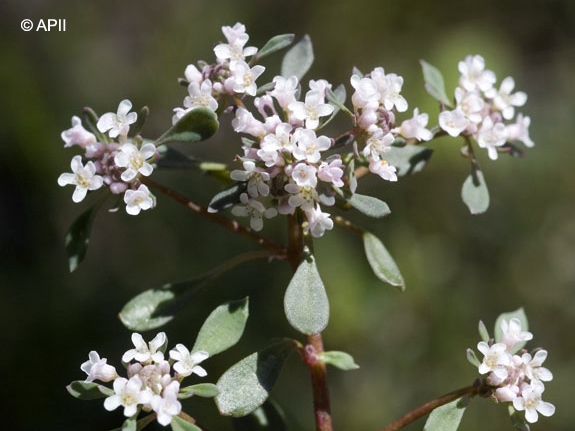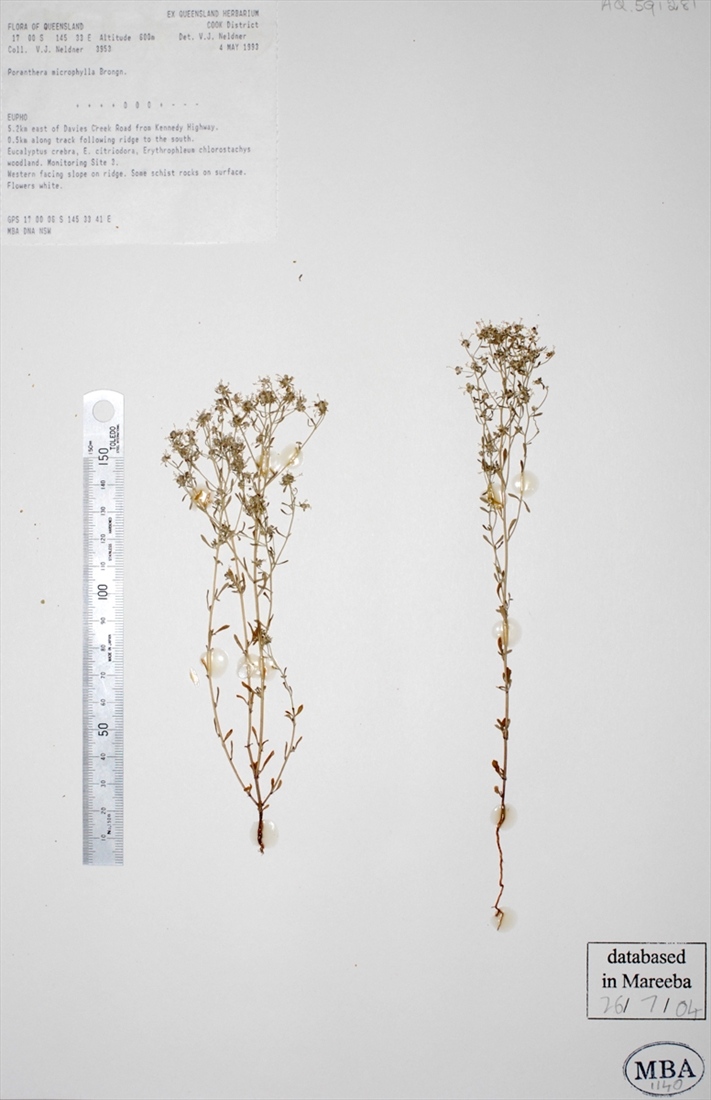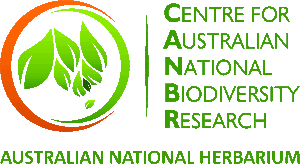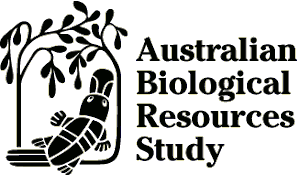Australian Tropical Rainforest Plants - Online edition
Poranthera microphylla Brongn.


Brongniart, A.T. (1833) Annales des Sciences Naturelles 29: 385. Type: in Nova-Hollandia in Montibus Caeruleis prope Port-Jackson (Lesson) etad fretum Entrecasteaux (Voy. de Baudin, in Herb. Mus. Par.).
Open or compact annuals or biannuals up to 30 cm tall with much branched stems at the base, smooth and glabrous.
Leaves fleshy, sessile to shortly petiolate and widely spaced along the branches; stipules white, 0.8-1.3 mm long; petioles when present up to 1.5 mm long; lamina narrow-oblanceolate to obovate, spathulate or ovate, 6-11 x 1-4 mm, smooth and glabrous, discolorous; midrib prominent abaxially.
Flowers in short dense terminal solitary racemes; peduncles up to 200 mm long; rachis up to 5 mm long; bracts3-4 x 0.5-0.7 mm and obtuse; male flowers with pedicels 0.5-1.5 mm long; calyx lobes white or pink, obovate to oblong, 0.4-1.5x0.2-0.8 mm; petals mostly white to pale mauve, erect, 0.2-0.6 x 0.1-0.3 mm with erose margins; glands clavate or obdeltate, 0.1-0.4 mm wide; rudementary ovary present. Female flowers with pedicels0.2-1 mm long, lengthening to 9 mm in fruit; calyx white to pale pink with a greenish band along midline,0.5-1.5 mm x 0.2-0.8 mm, obtuse at apex; petals white, narrow, 0.1-0.5 x x0.1-0.3 with minutely erosed margins; ovary depressed globose, 0.4-1.1 mm diam. And 6-lobed, smooth to papillose; styles deeply bilobed.
Capsules depressed globose, 1.4-2.5 mm across, prominantly 6-lobed, slightly rugose. Seed wedge-shaped, 0.4-1.1 x 0.4-0.9 mm, testa tuberculate and white.
Features not available.
Occurs in WA, NT, CYP, NEQ, CEQ and southwards to southern Australia. Widespread in all the Australian states. Altitudinal range from near sea level to 1350 m. Grows in wet sclerophyll forest, Eucalypt forest, various types of woodland, shrubland, heathland and grassland. Also occurs in New Zealand.
Suspected of poisoning stock; it is cyanogenetic (Webb 1948).





